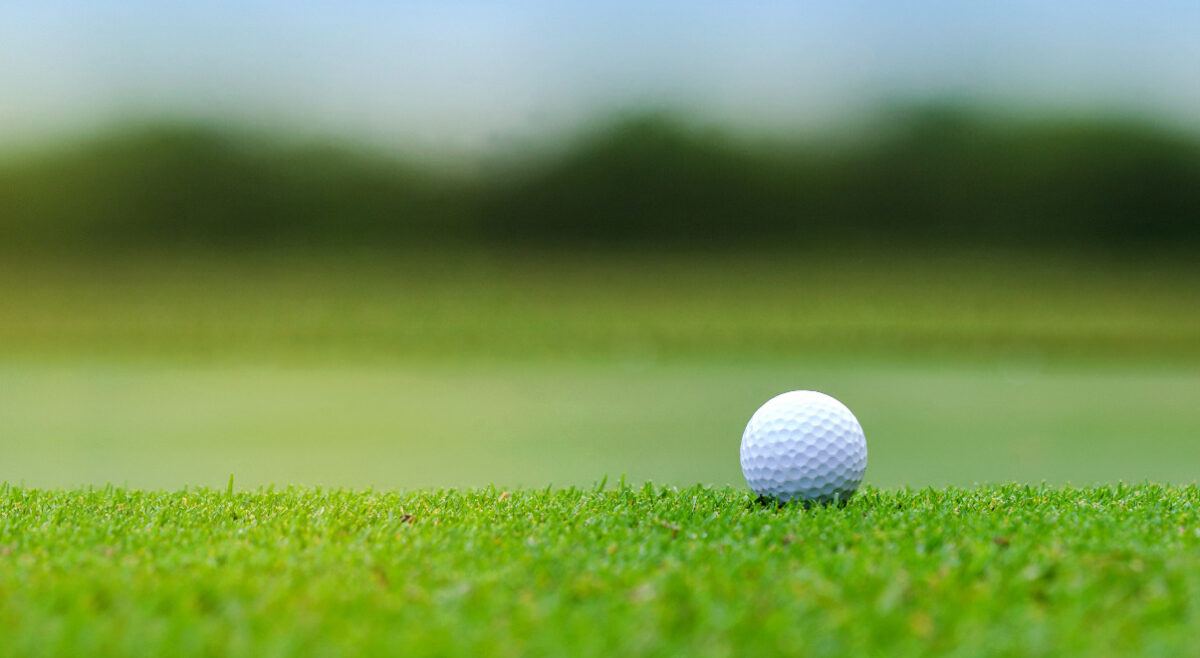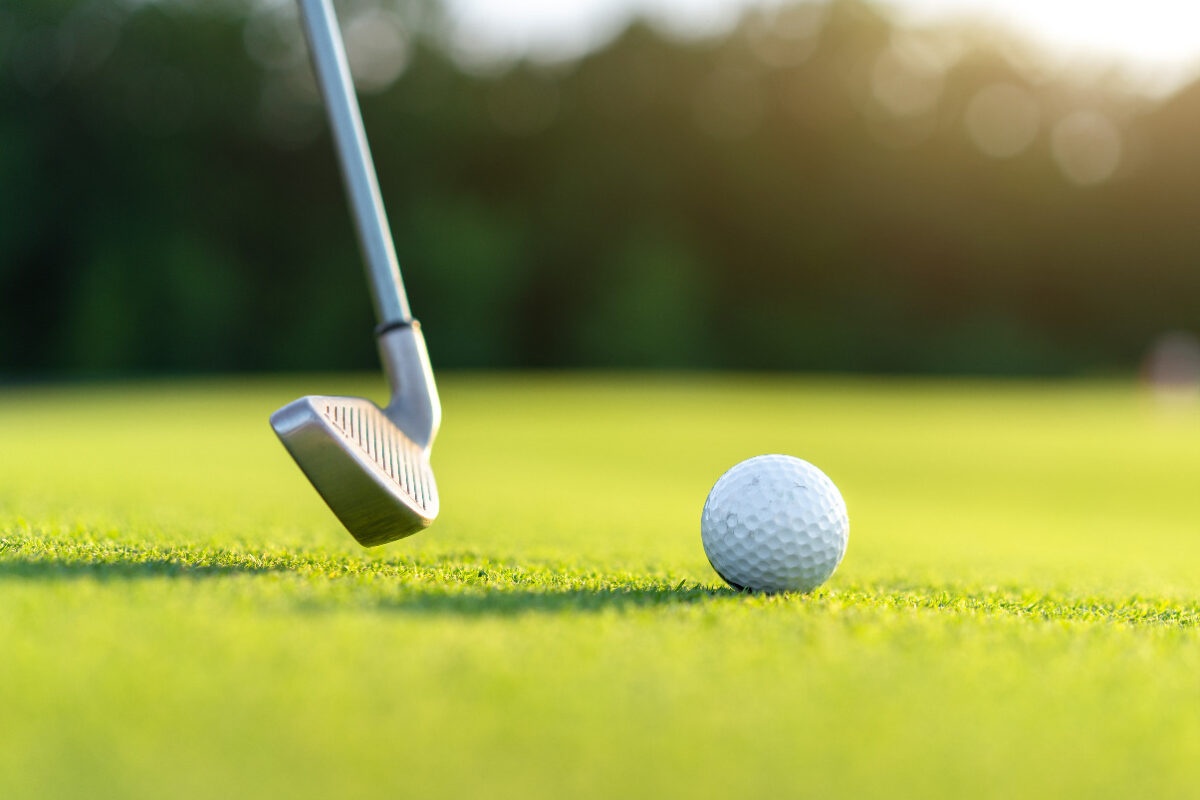What Makes a Golf Ball Illegal?
The Rules of Golf place strict regulations on golf ball construction, markings, and performance to ensure fairness and prevent technology from skewing the game.
But what specifically makes a golf ball illegal or non-conforming under the rules? Here is an overview of golf ball regulations and what alterations or conditions will result in a ball violating standards.

USGA and R&A Govern Golf Ball Legality
In the United States, the United Kingdom, and most global jurisdictions, the USGA and R&A jointly establish and enforce the Rules of Golf, including all policies and limitations covering legal golf ball specifications and performance.
Manufacturers must strictly comply with all standards and seek formal approval before introducing new golf ball models into tournament play.
Rules Place Limits on Golf Ball Attributes
The Rules of Golf aim to prevent golf ball technologies from altering the integrity of the game. Key engineering attributes limited by the rules include:
- Weight
- Size
- Spherical symmetry
- Initial velocity
- Overall distance
- Toughness and durability
1.68 Inch Minimum Diameter
All golf balls must be at least 1.68 inches in diameter. This standard size prevents balls from being engineered smaller than normal. Only conforming-sized balls are permitted.
Weight Limited to No More Than 1.620 Ounces
Golf balls must weigh no more than 1.620 ounces avoirdupois (45.93 g). This prevents heavier balls from building momentum. Normal weight distribution is mandatory.
Must-Have Symmetrical Shape and Properties
Balls cannot have shapes or properties shifted to a specific orientation. All sides and poles must be symmetrical. Imbalanced balls are prohibited.
Maximum Initial Velocity Limit of 250 fps
When tested mechanically under specified conditions, golf balls cannot exceed an initial velocity of 250 feet per second. This limits excessive energy and speed.
Overall Distance Cap of 320 Yards
The combined total distance of carry and roll cannot exceed 320 yards. Restricting overall flight prevents balls from traveling unreasonable ranges.
No Excessively Durable Cover Materials
Covers cannot be manufactured using materials excessively hard in nature that damage clubs. Materials must absorb impacts.
Altering Approved Balls Makes Them Non-Conforming
Intentionally modifying approved balls’ construction, weight, dimensions, or properties in any way renders them non-conforming. Only unaltered conforming balls are permitted.

Examples of Common Illegal Golf Ball Alterations
Some examples of altered balls that become illegal include:
- Practicing cuts to partially separate covers
- Softening covers by prolonged soaking in chemicals
- Heating balls to harden or soften layers
- Replacing or removing core layers to change properties
- Etching or engraving the cover to alter the aerodynamics
Consequences for Using Non-Conforming Balls
If a player uses a non-conforming ball during competitive stroke play, the mandatory penalty is disqualification from the tournament or competition after the ruling is confirmed. Non-conforming balls must not provide an advantage.
New Models Require Extensive Conformance Testing
Golf ball manufacturers must submit new golf ball designs to rigorous mechanical conformance testing and human trials before introducing models to ensure they satisfy all regulations governing weight, size, velocity, and overall distance.
USGA List of Conforming Golf Balls
The USGA and R&A publish public lists of conforming golf ball models approved for tournament play.
Only ball models appearing on the conforming list can be used legally during events. Golfers are responsible for verifying legality.

Balls Must Be on the List at the Time of Use
Only golf ball models formally on the conforming list at the time of use during a competition are permitted even if previously approved. Models removed from the list become non-conforming.
Examples of Non-Conforming Golf Balls
Some examples of non-conforming golf balls that violate USGA and R&A policies include:
- Novelty balls under 1.68 inches in diameter
- Soft practice impact balls
- Lightweight whiffle or indoor balls
- Balls with internal electronic tracking aids
- Balls with non-symmetrical internal liquid centers
One Ball Rule Limitations
The “One Ball Rule” only allows golfers to play the same make and model through a tournament round. Switching to another non-conforming ball would trigger disqualification if caught.
Lost Balls Must be Replaced by Conforming Model
If a player loses a conforming ball during a competitive round, the replacement ball substituted into play must be the exact same model. No substituting another non-conforming ball.
Anchoring Public Trust in Fair Golf Balls
By rigorously governing equipment regulations across all accredited professional tours and competitions, the USGA and R&A safeguard the integrity of the game for all golfers. Rules ensure a level playing field testing only true shotmaking skills and strategy.
Trust stems from the uniform adoption of conforming golf ball regulations universally. Fairness matters above all in golf.
In summary, all golf balls used during tournaments and competitive events must fully comply with detailed specifications and design criteria established by the sport’s governing bodies.
Only unaltered, conforming balls provide the proper combination of fairness and playability. Before purchasing specialty balls, verify with the manufacturer that models conform to the latest Rules of Golf and testing protocols.
